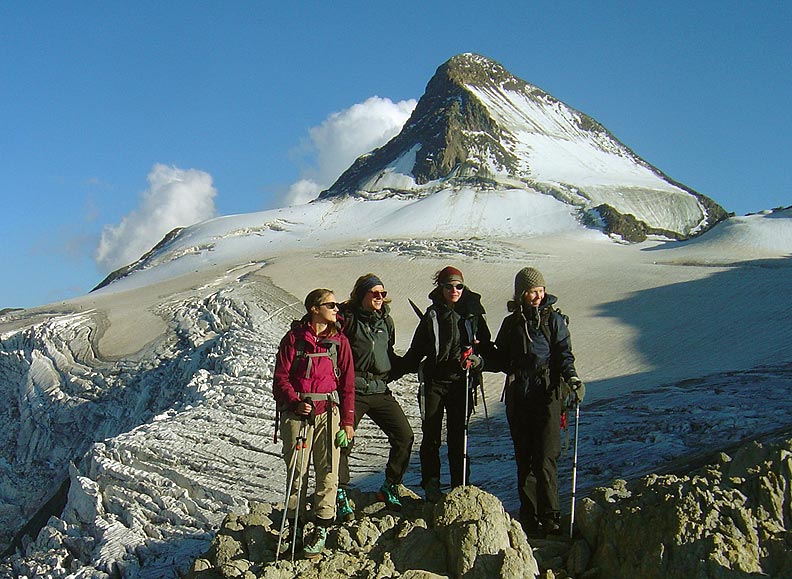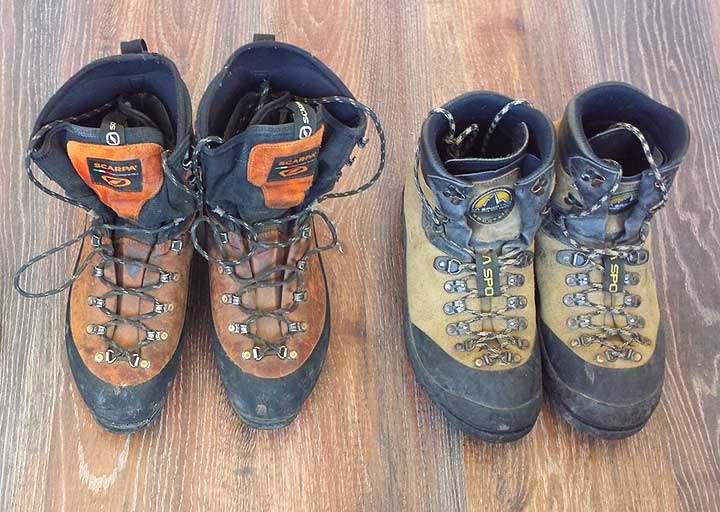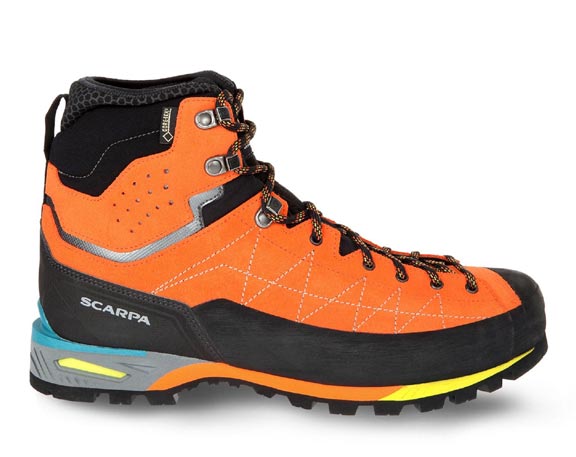|
Layla (4008m) in the middle of summer Each and every season is unique! In recent years (starting from 2017) the weather pattern has changed. There is no certainty that those dry and sunny summers will or will not continue. However I decided that the following updated description should refer to this recent pattern. If planning to revisit consider coming in different month. You might not even recognize your favorite spots! Autumn has beauty very much different from summer's.
Above the glacier of Mt.Layla in the second half of August
7 Comments
Ice axe is a symbol of mountaineering while boots are it's foundation. photo: two pairs of mountain boots that serve me since 2014 and they will likely carry on for few more seasons There are several factors to consider when choosing boots for mountaineering. Thinking about how technical the climb is as well as the terrain and length of approach before purchasing a boot will all help you achieve the right balance between protection, safety, and performance. Comfort is an important factor when choosing a mountaineering boot. Discomfort leads to pain, blisters and a greater risk of accident. A semi-rigid or rigid sole and more durable upper take some getting used to, and they will certainly not provide as much comfort as a flexible boot or shoe. However, these features are there for a reason, so don't risk replacing them for flexible boots or trekking shoes just because these are more comfortable as these would not offer the same level of performance in particular when using crampons . In the Caucasus you will need a footwear for those situations when an approach shoe isn’t enough and that super stiff mountain boot is too much . Below are some models suitable for both approach and mountaineering. Some useful tips:
You are welcome to send me pictures of the boots you consider and I will help you to make a good choice. |










 RSS Feed
RSS Feed